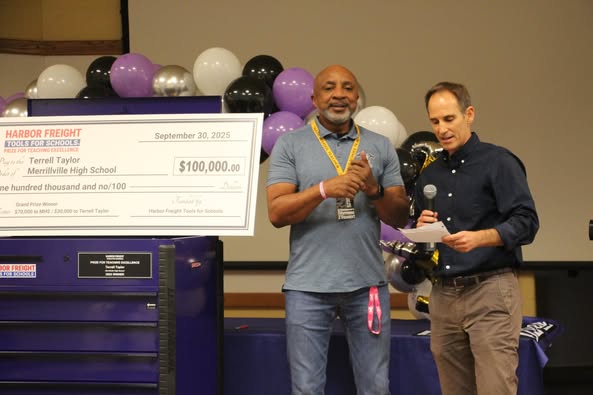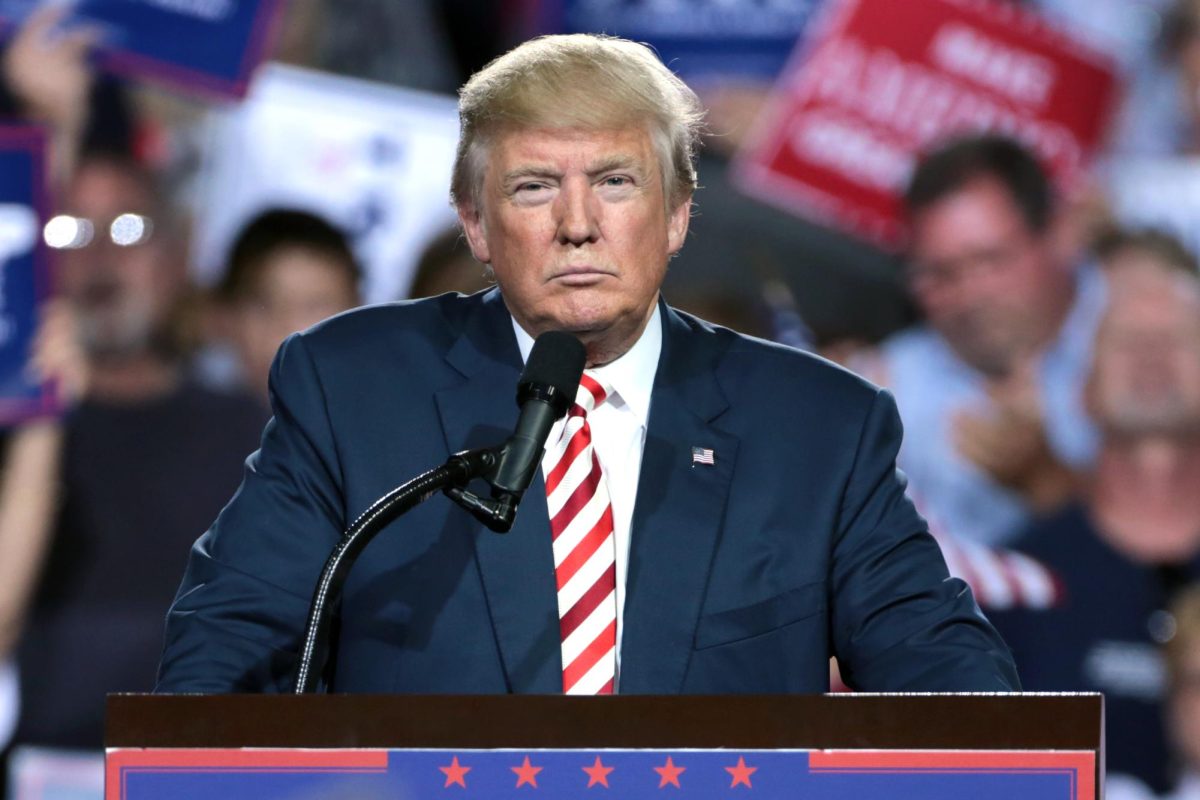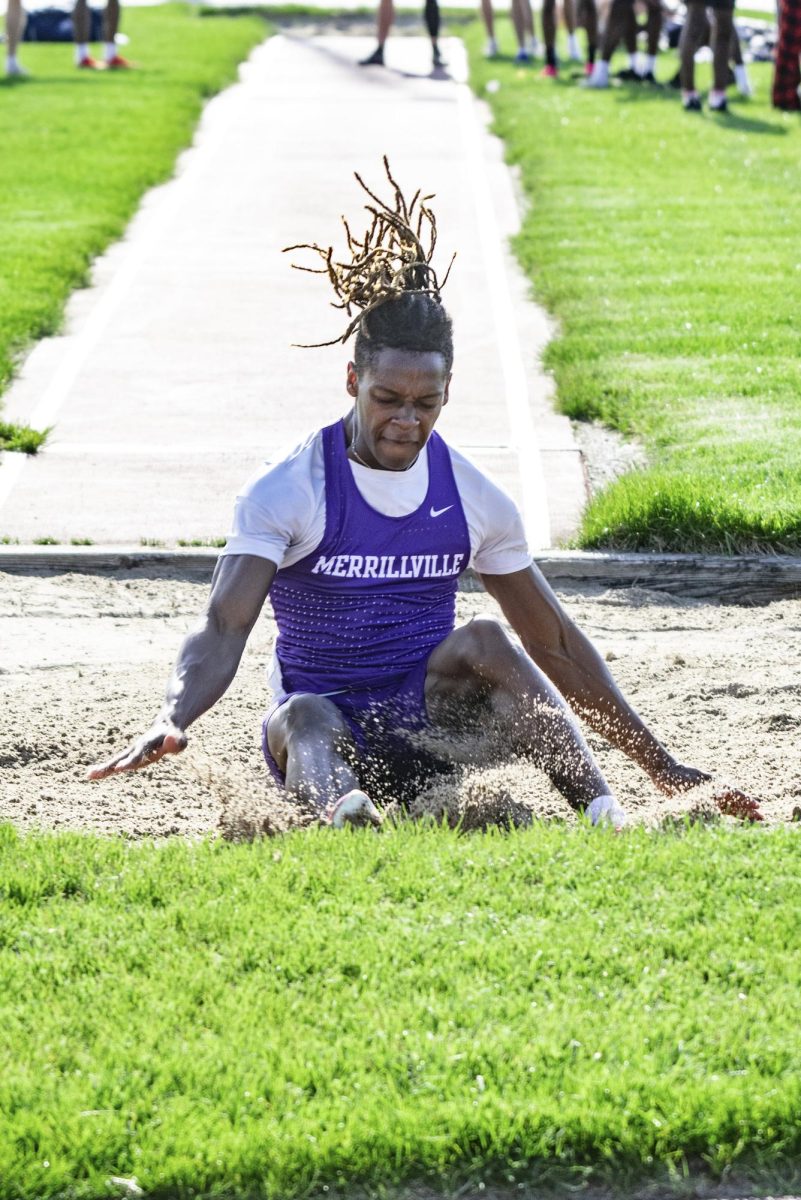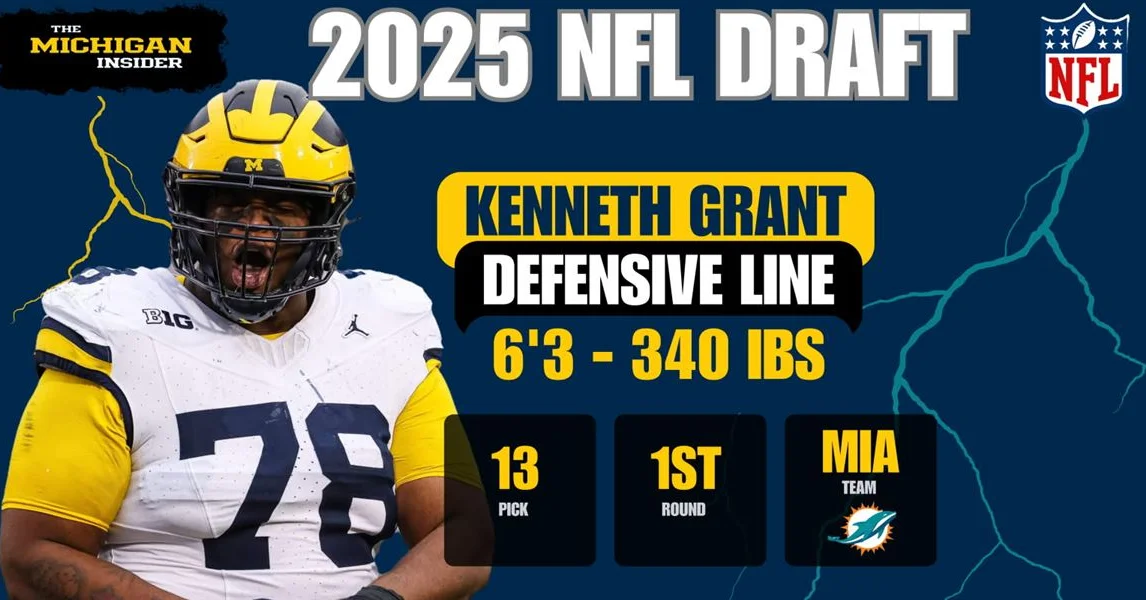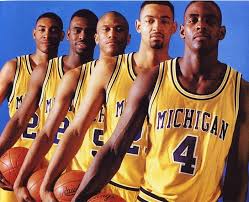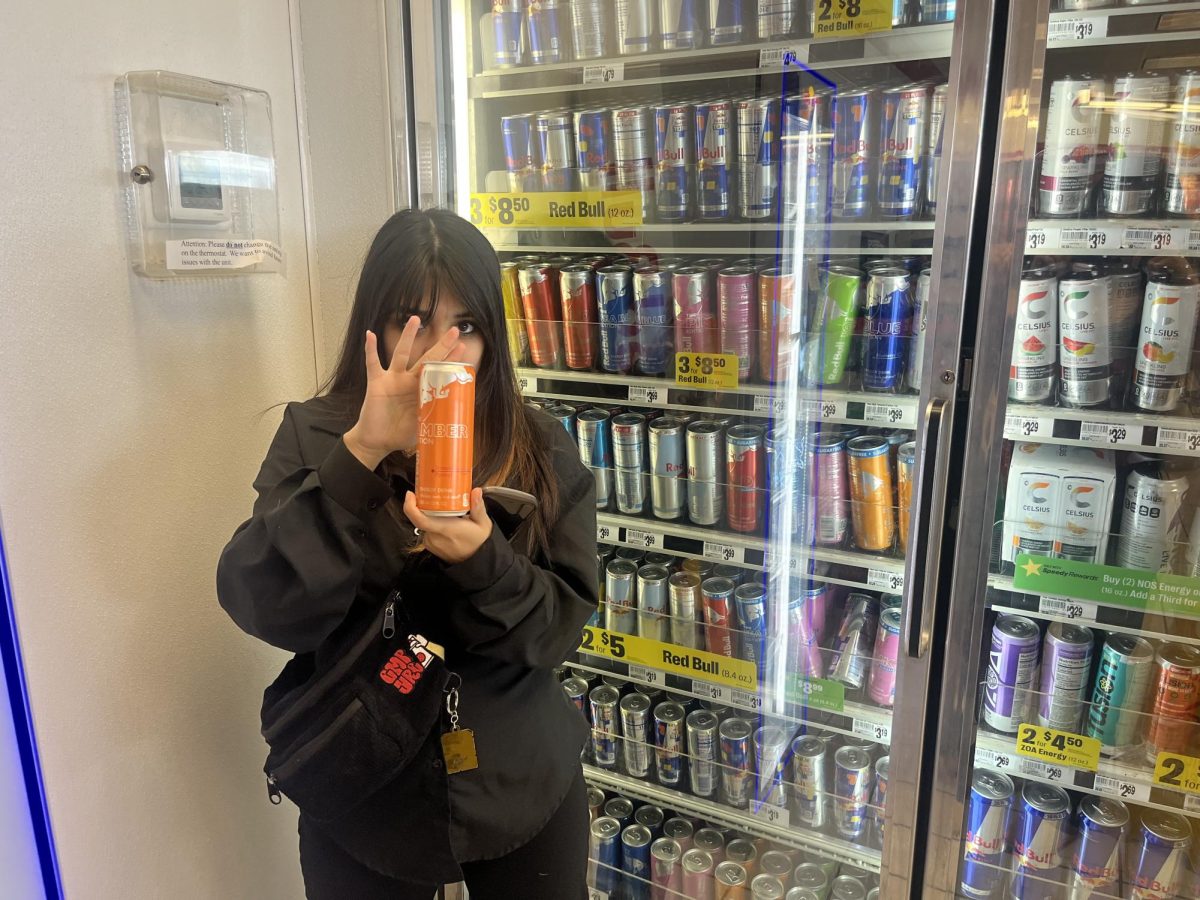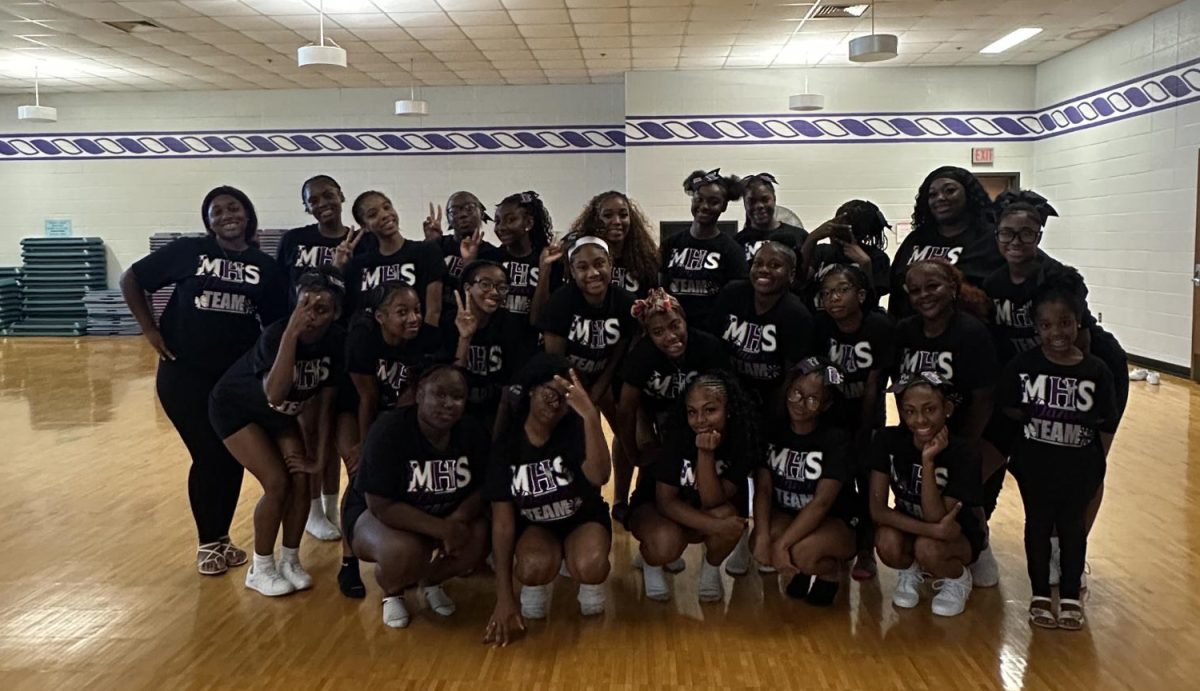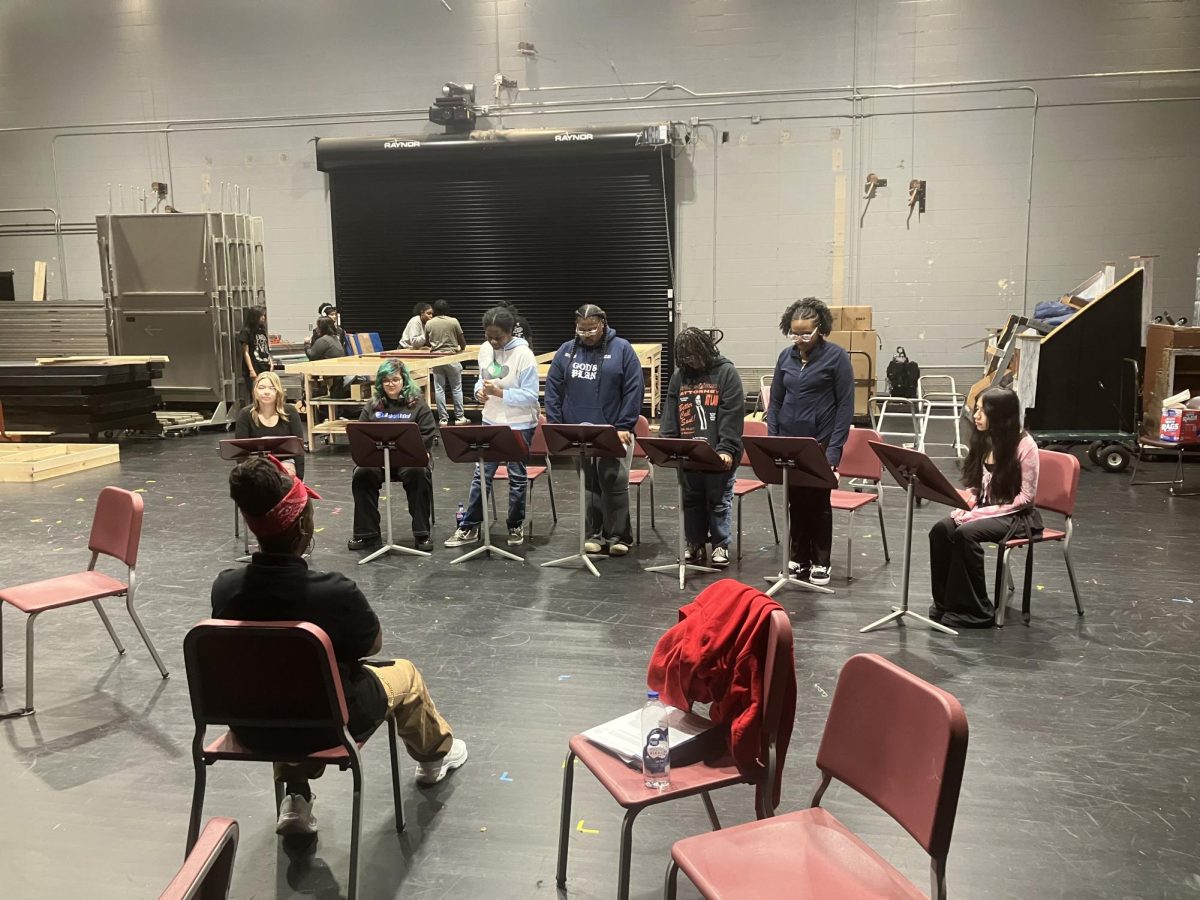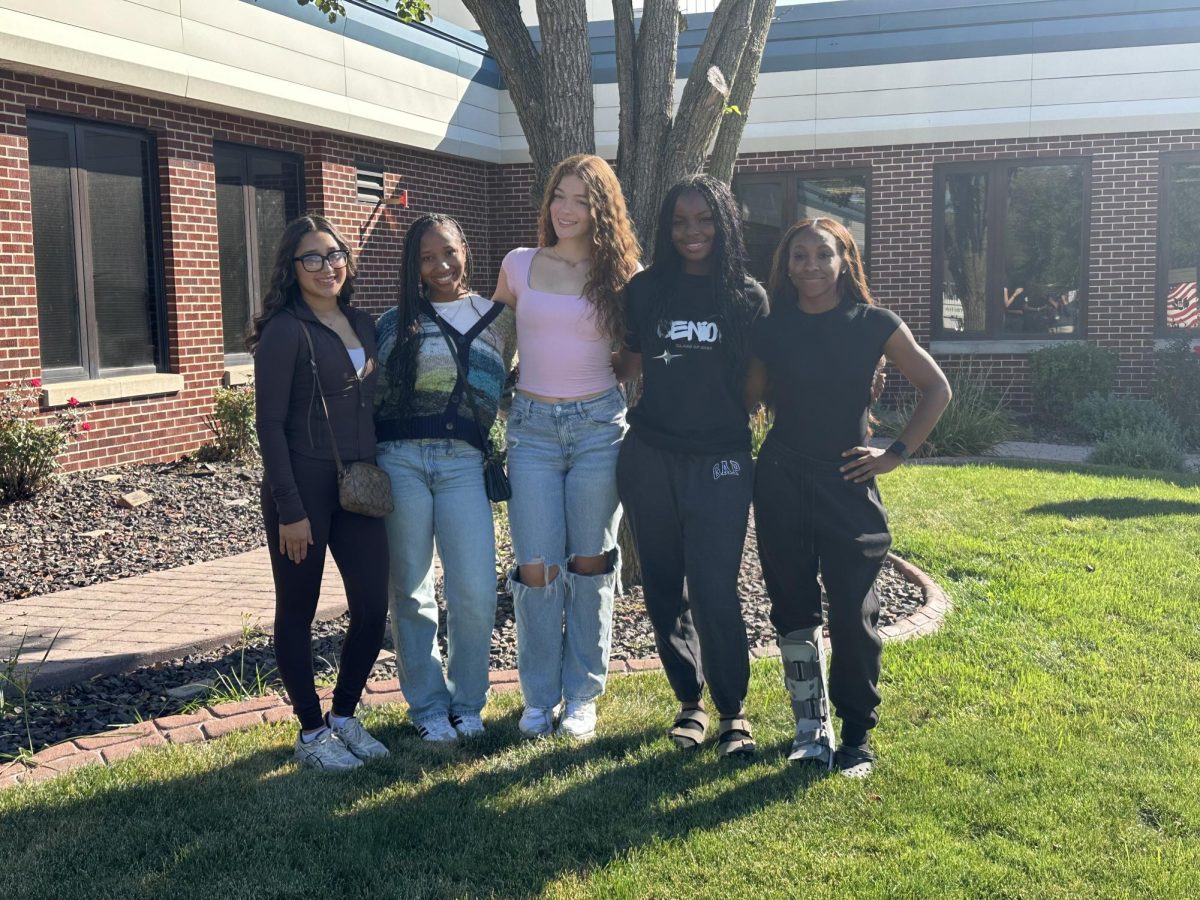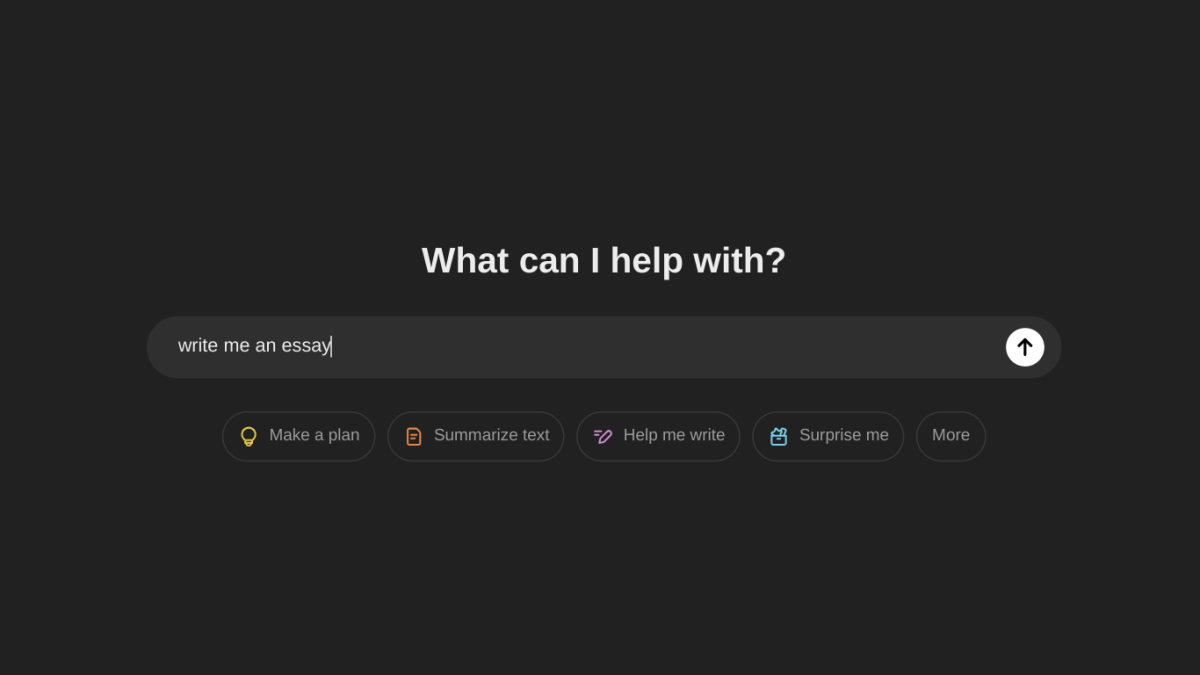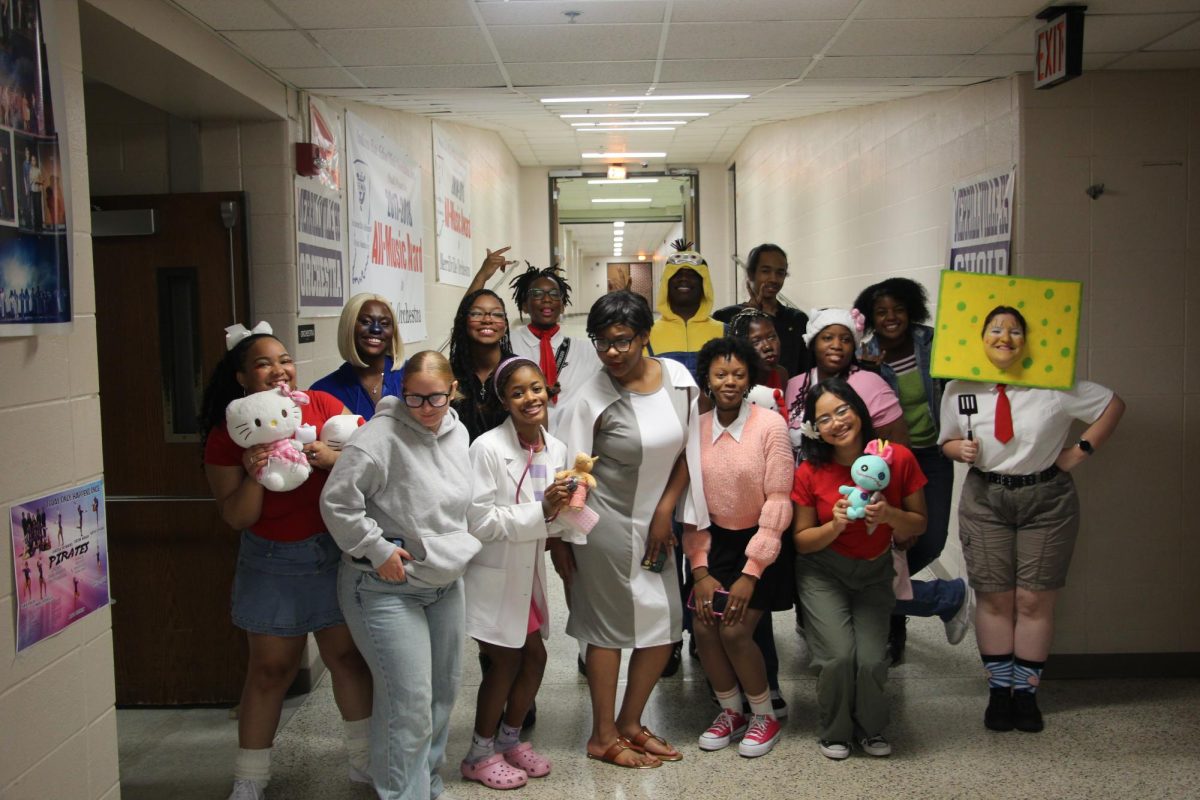From pencil taps, to passing notes under desks, to airdropping answers from a phone to other students, the nature of cheating has evolved greatly over the years, and new innovative methods are still being created today.
In March 2020, the International Center for Academic Integrity (ICAI) conducted a survey of over 70,000 high school students in the U.S., designed to find out how many students would admit to cheating. According to their data, 64% of students admitted to cheating on a test, 58% of students admitted to plagiarism, and 95% of students admitted to partaking in some form of cheating.
Due to this, the College Board has grown suspicious and aware of the different methods students use to cheat, and they have announced that Advanced Placement (AP) exams will be going digital instead of standardized paper tests, beginning May 2025. Academic dishonesty causes problems for everyone, and why students partake in it is a debatable topic with a variety of reasons.
“I feel that students tend to cheat for multiple reasons: lack of preparedness, fear of failure or embarrassment, or they simply don’t have the abilities required to be successful and are cheating to continue to get by,” pre-calculus teacher Tim McCoy said.
“Unfortunately, cheating typically yields more cheating as a student needs to know prerequisite information in order to be successful on new topics. Without the required information to be successful, failing or cheating often seem to be a student’s only option in their eyes.”
Unlike in the past, these days, technology is all around us. The easy availability of it makes cheating much easier.
“When I was in school, a certain person helped one of their friends cheat by developing a system of pencil taps, coughs and toe taps for a multiple choice test. Now, students just take a picture of the problems, or write them down, and send them to others to instantly obtain answers,” McCoy said.
Artificial intelligence is a major technological advancement. The simplicity of using AI to cheat tends to lead students into making nonsensical mistakes.
“I had two students in the same class turn in the same paper that AI wrote. It was great to show the students the same paper. Well, I showed the whole class,” said English teacher Rachel Sonnenberg.
Due to the fact AI is simple to use, and it’s seen so often in today’s society, some students may not see it as cheating.
“With the availability of AI, putting in a prompt is as easy as putting in a Google search. So, it really lowers the barrier of understanding and producing something that isn’t your own writing… Students say, ‘Oh, AI is doing this. This is just another version of paraphrasing. My instructor asked me to paraphrase something – it’s paraphrased,’” said Purdue sociology professor, Josephine Nummi.
Constant use of prohibited resources, such as Google, AI, and answers from a friend on an assignment take away from vital skills.
“If part of an assignment is finding page numbers, looking in the book, or determining the information you need to use, all of those are skills,” Nummi said. “Students may struggle with the skill in the beginning, but as they practice it, it can get easier to find information, and that’s a skill that students will need in the workforce. Finding information… Those critical thinking skills and those research skills are what’s going to [get you places].”
Educational inequalities can also encourage cheating. For example, students with parental support versus students without it, and a family’s economic status.
“The hard work ethic of working-class [a.k.a. lower-class] parents is actually right with the American ideal. ‘We’re supposed to be hard-working, independent, do everything on our own,’ and that comes through our behaviors,” Nummi said.
“So, a child that’s working-class that’s taught those behaviors is not going to get extensions because their parents are too busy working 60 hours a week. They’re not going to be coached on how to ask questions and receive help, and all of those factors lead to inequalities in education such as getting lower grades. It’s more common for working-class students to get lower grades because of those factors of not having parents advocate for them, not getting extensions on assignments, and not having the help.”
Social norms and peer pressure tend to blur the line between right and wrong.
“Students often lower their inhibitions if there is a social norm that a behavior is okay,” Nummi said. “For example, if they think that ‘everyone is doing it.’ This results in a perception that using AI or Chat GPT is okay if others are doing it.”
Other students cheating to get ahead also can be discouraging for students who put in the time and effort to get their work done.
“[Let’s say] I was a person that worked hard and did the studying and all, and maybe I average a B or a C+ on tests,” said one sophomore who admitted to occasionally cheating. “Even though I worked hard, and I feel good about it, if I see a kid that cheated out in the open and got an easy A, I would feel bad. It’s easier for me to have cheated than to have studied and gotten a regular grade average.”
While students should try to refrain from cheating at all times possible, it especially should never be a student’s first attempt at a problem.
“I feel like everyone cheats in their own way,” the sophomore said. “Honestly, I don’t think cheating is something that everyone should want to do first. If so, it should be the last option if you know no matter what you do, you will fail.”

